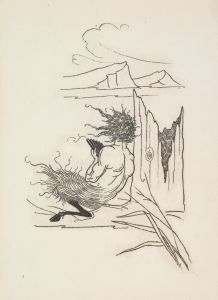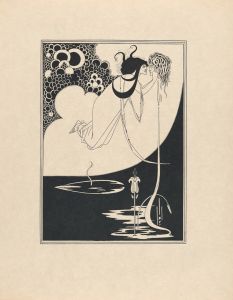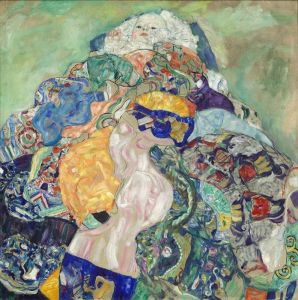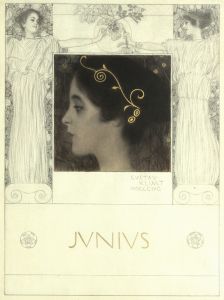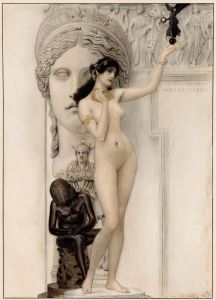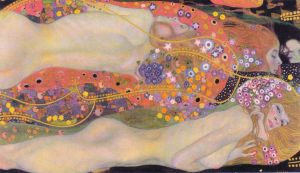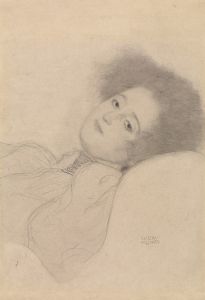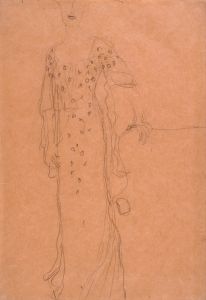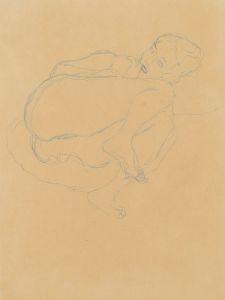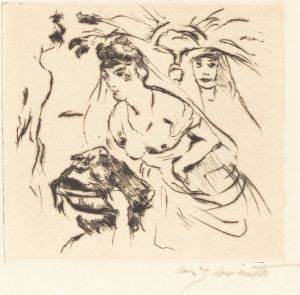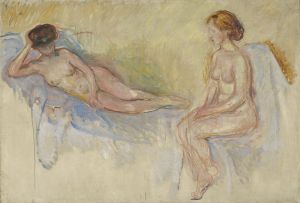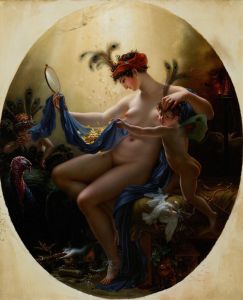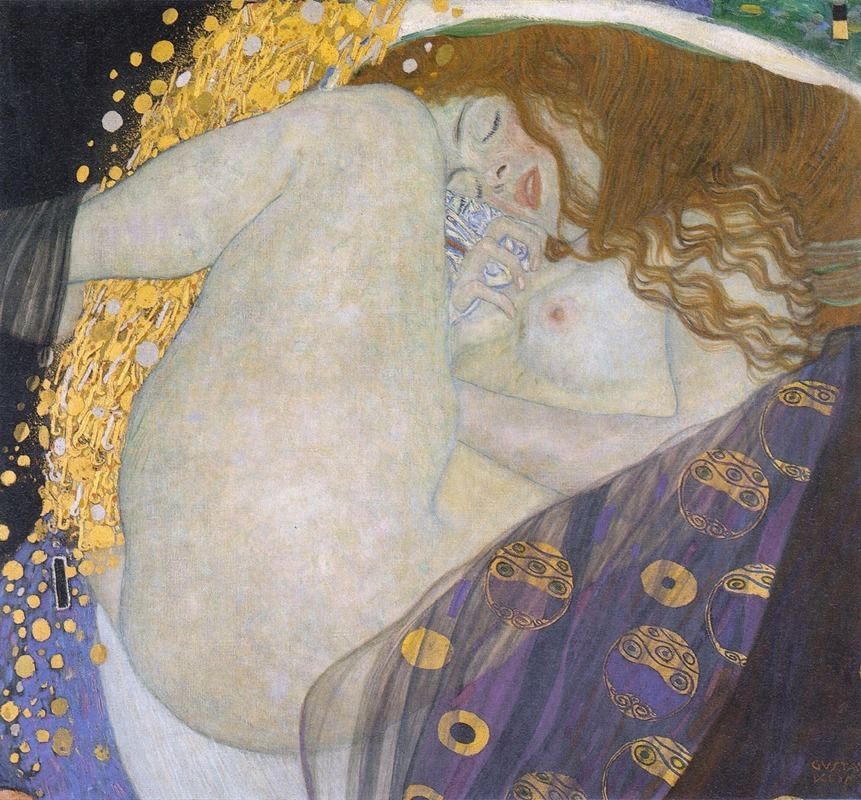
Danae
A hand-painted replica of Gustav Klimt’s masterpiece Danae, meticulously crafted by professional artists to capture the true essence of the original. Each piece is created with museum-quality canvas and rare mineral pigments, carefully painted by experienced artists with delicate brushstrokes and rich, layered colors to perfectly recreate the texture of the original artwork. Unlike machine-printed reproductions, this hand-painted version brings the painting to life, infused with the artist’s emotions and skill in every stroke. Whether for personal collection or home decoration, it instantly elevates the artistic atmosphere of any space.
Danaë is a painting created by the Austrian Symbolist painter Gustav Klimt in 1907. It is widely regarded as one of Klimt's masterpieces and a quintessential example of his exploration of sensuality and mythological themes. The painting depicts Danaë, a figure from Greek mythology, who was the daughter of King Acrisius of Argos. According to the myth, she was imprisoned by her father to prevent her from bearing a son who, as prophesied, would one day kill him. However, Zeus, the king of the gods, visited Danaë in the form of a golden shower, which resulted in the conception of her son, Perseus.
Klimt's Danaë portrays the moment of divine union in a highly intimate and symbolic manner. The composition focuses on Danaë's reclining figure, curled in a fetal position, with her body enveloped in rich, flowing drapery. Her face is serene and dreamlike, suggesting a state of ecstasy or transcendence. The golden shower, representing Zeus, cascades down onto her, rendered in Klimt's signature use of gold leaf, which adds a luminous and otherworldly quality to the painting.
The work exemplifies Klimt's mature style, characterized by a combination of naturalistic detail and decorative abstraction. The soft, realistic rendering of Danaë's skin contrasts with the intricate patterns and textures of the surrounding elements, creating a harmonious balance between the sensual and the ornamental. The use of gold leaf, a hallmark of Klimt's work during his "Golden Phase," enhances the painting's opulence and symbolic depth.
Danaë is also notable for its erotic undertones, a recurring theme in Klimt's oeuvre. The painting's sensuality is conveyed through Danaë's partially exposed body, the intimate pose, and the interplay of textures and colors. At the time of its creation, such depictions of female sexuality were considered provocative and even controversial, reflecting the broader cultural and artistic shifts of the early 20th century.
The painting is housed in the Galerie Würthle in Vienna, Austria, a private collection that has preserved this iconic work. Danaë continues to be celebrated as a prime example of Klimt's ability to merge mythology, symbolism, and sensuality into a cohesive and visually stunning composition.





